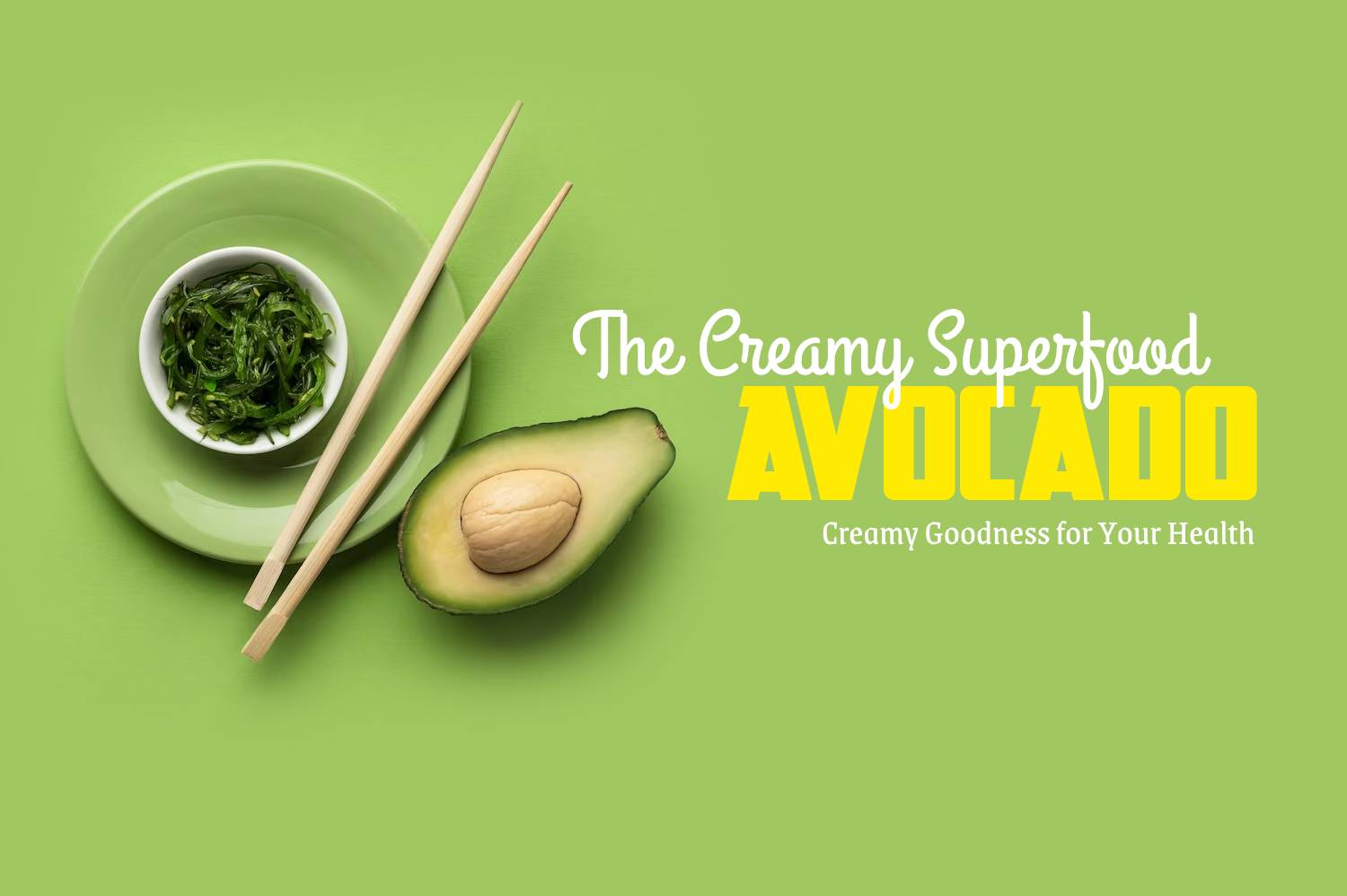Turmeric, often called the “golden spice,” is one of the most widely used and revered ingredients for its vibrant color, rich flavour, and myriad health benefits. This bright yellow-orange root, native to Southeast Asia, has been a staple in Indian cooking, traditional medicine, and beauty rituals for thousands of years. Whether you’re looking to enhance your dishes or reap the many wellness benefits, turmeric is a true powerhouse for your health and beauty routine. In this guide, we’ll explore why turmeric deserves a place in your daily life, from its culinary uses to its potent health benefits.
What is Turmeric?
Turmeric (Curcuma longa) is a flowering plant from the ginger family. The spice we know and love comes from the rhizomes, or roots, of the plant. Once harvested, the roots are boiled, dried, and ground into a fine powder that is used in cooking, traditional remedies, and even as a natural dye.
With its vibrant yellow hue, turmeric is a key ingredient in Indian cuisine, Middle Eastern dishes, and Southeast Asian cooking. It’s known not only for its unique flavor but also for its powerful health benefits, which have contributed to its widespread popularity across the globe.
The Active Ingredient: Curcumin in Turmeric
The secret to turmeric’s incredible health benefits lies in curcumin, the active compound that gives turmeric its distinctive yellow color. Curcumin has been shown to have anti-inflammatory and antioxidant properties, which make it beneficial for managing various health conditions. However, curcumin is not easily absorbed by the body, which is why it is often paired with black pepper. The compound piperine in black pepper helps enhance curcumin absorption, making it more effective in promoting health.
Top Health Benefits of Turmeric
Turmeric is often called a “superfood” because of its wide range of health benefits. Here are some of the most well-researched advantages of turmeric consumption:
- Anti-inflammatory Properties: Chronic inflammation is linked to diseases such as heart disease, cancer, and autoimmune disorders. Curcumin in turmeric can help reduce inflammation, which may alleviate symptoms of these conditions.
- Powerful Antioxidants: Turmeric is packed with antioxidants that combat oxidative stress, helping protect the body’s cells from damage and slowing the ageing process.
- Boosts Immunity: As an immune-boosting spice, turmeric supports the production of immune cells, enhancing the body’s ability to defend against illness.
- Improves Digestion: Turmeric aids in digestion by stimulating bile production, helping to break down fats and relieve symptoms of indigestion, bloating, and gas.
- Supports Joint Health: The anti-inflammatory properties of turmeric make it an effective natural remedy for conditions like arthritis and joint pain. It can reduce pain, swelling, and stiffness in the joints.
- Brain Health: Curcumin has been shown to promote cognitive function by increasing brain-derived neurotrophic factor (BDNF), a protein that helps grow new brain cells. This may reduce the risk of neurodegenerative diseases like Alzheimer’s.
Turmeric in Cooking: Flavor, Color, and Health
One of the most common uses of turmeric is in cooking. Its earthy flavour and striking yellow color make it a staple in Indian cuisine and many other global dishes. Turmeric is often used in curries, lentil dishes like dal, vegetable curries(sabzi), biryanis, and even tandoori recipes.
In addition to enhancing the flavor and appearance of dishes, turmeric is commonly found in spice blends like garam masala, curry powder, and Jamaican jerk seasoning. It is also popular in Thai and Persian cooking.
One of the most popular ways to consume turmeric is through golden milk (or turmeric latte), a comforting drink made with turmeric, milk (or plant-based alternatives), black pepper, and a sweetener of choice. This beverage combines the warmth of the spices with the many health benefits of turmeric.
Beauty Benefits of Turmeric
Beyond its uses in the kitchen and for health, turmeric is also a favourite in the skincare industry due to its anti-inflammatory and antioxidant properties. Many skincare products, including creams, oils, and face masks, contain turmeric to help brighten the skin, reduce acne, and even out skin tone.
DIY turmeric face masks are incredibly popular, with a simple paste made from turmeric and ingredients like yogurt or honey. The paste is known for its ability to reduce inflammation, lighten dark spots, and promote a natural glow, making it ideal for those with sensitive skin or acne.
How to Incorporate Turmeric Into Your Diet
Adding turmeric to your diet is simple and versatile. You can sprinkle it into soups, curries, and rice dishes, or even use it in smoothies, teas, and baked goods like muffins and bread. For maximum benefits, consume turmeric regularly, either through meals or as a supplement.
Conclusion: Why You Should Include Turmeric in Your Routine
Turmeric is far more than just a spice—it’s a potent natural remedy with a wide range of health benefits, cooking uses, and beauty applications. Whether you’re looking to boost your immune system, relieve joint pain, or brighten your skin, turmeric is a must-have in your daily routine. Its versatility and powerful properties make it an essential ingredient for anyone interested in enhancing their health and beauty naturally.











